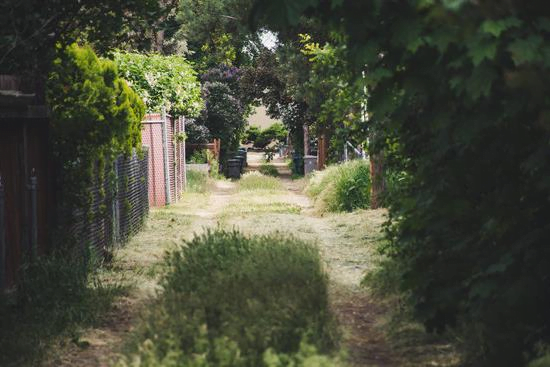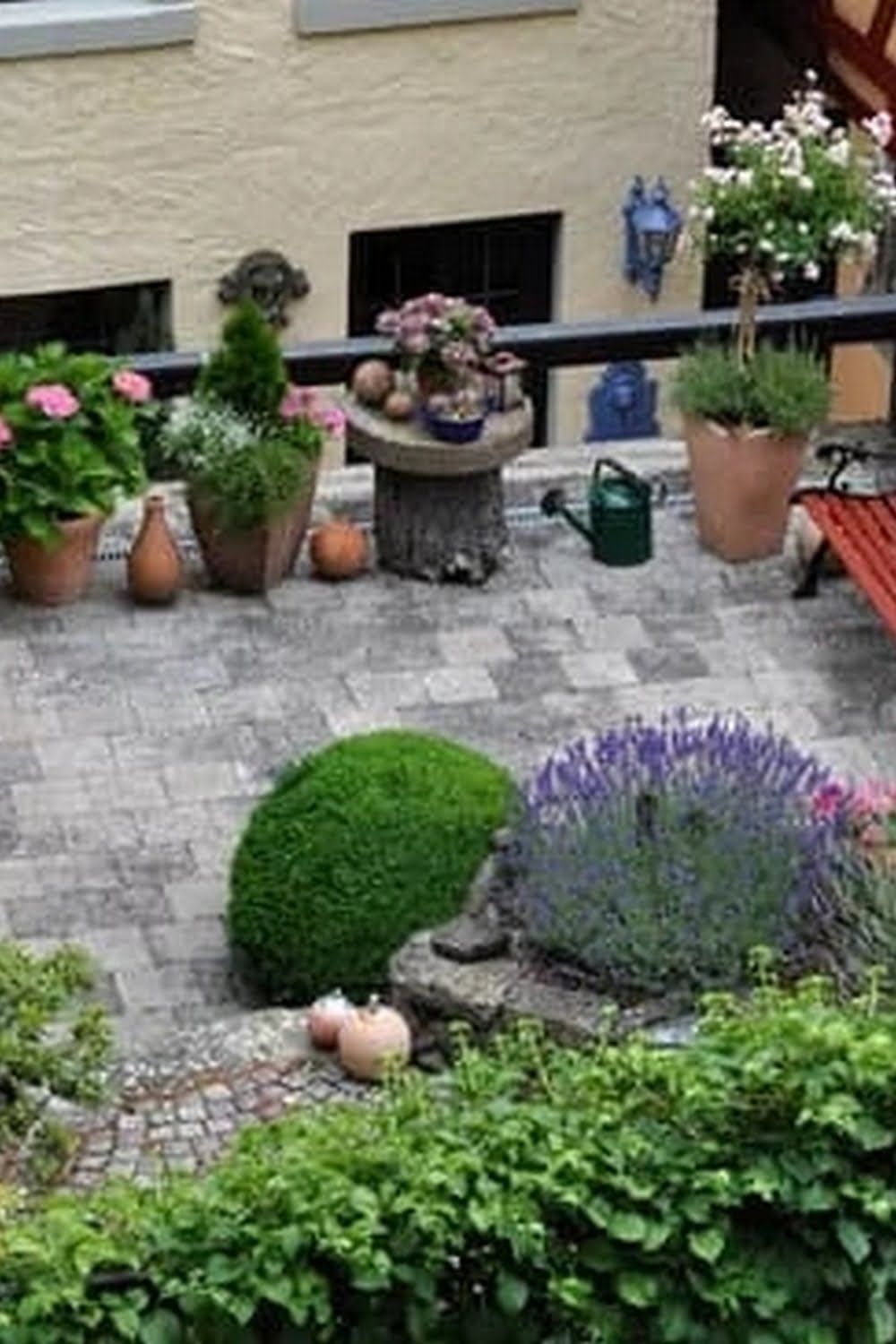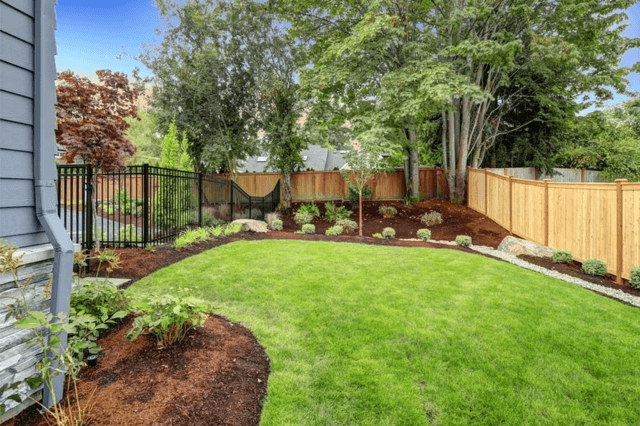
Starting a Garden – Choosing Plants
Modern garden clubs unite people of many ages, who all share an interest in growing vegetables, shrubs, flowers, and fruit trees. If this sounds intriguing, think about starting a garden club with your friends. However, you first ask, how do you begin to set up a garden club? To answer that question, we will give you some tips to get started.
Gardens are often a great way to escape from the stressors of daily life. Gardening can be relaxing and also a great way to cleanse the mind. Most modern gardens are designed to improve the environment surrounding them. This makes it easier for people who are stressed out to relax in these gardens.
Before starting a garden you should decide what types of plants you will grow. You may have an idea in mind but you might want to give it some serious thought first. Try to determine where your garden will be located. You can choose to place your garden in your front or back yard depending on the amount of sun your chosen plants will get. Gardeners in the southern states spend most of their days in the backyard-growing vegetables. If you live in those sunny climates then it is best to grow vegetables in your garden to save money by growing it outside.
Once you have decided what type of plants you are going to grow, it is time to find a location for your garden. You should make sure it receives at least 6 hours of full sun each day. This is the best growing zone for most vegetables. In addition to the quality of the soil, consider the amount of water the area receives. The more water it gets the better your plants will grow.
Many new gardeners are surprised at the simple things they need to purchase in order to get started with their gardening adventure. One inexpensive item is a compost tumbler. These small plastic containers to store the nutrients and moisture that are lost during normal gardening. Another inexpensive item for gardening is a plastic watering can. They make watering easier and less messy and a nice container to carry around.
When it comes to planting your garden, there are a few other items that will help your plants thrive. Plants that prefer full sunlight should be planted in the north or south sides of your home. Keep an eye on weeds and sponges that grow in your garden. Removing them periodically will prevent them from taking over your entire garden. Be sure to remove these unwanted plants every few weeks or so.
In order to prepare your soil for spring planting, it is important to water your garden properly before hand. Washing the soil thoroughly and then putting it into a sprinkler head ensures that the soil has the moisture it needs for healthy plants to grow. Also be sure not to over-water your garden by washing it with soapy water as this can wash away valuable nutrients. Be sure to water your garden just enough to keep the soil moist and the roots well watered.
After the initial preparation work is completed, it’s time to set up your garden. When starting with a new bed, make sure that you dig the bed holes a couple of inches deeper than the actual soil content. This helps the roots of the plants have room to grow and develop properly. Planting beds can be a great way to extend the growing season into spring.
The first thing you need to consider when starting a garden is sunlight availability. Sunlight is a very important part of gardening as it is the fuel that keeps the plants growing. If the garden receives little or no sunlight, the plants will not grow properly and the yield will be small. On extremely sunny days in the garden should still be watered because it is vital to the life of the plants. The water can be placed directly onto the soil where the plants are growing.
Another important consideration is soil health. Healthy soils are great for the growth of both the plants and the roots. Once the planting beds have been placed, you should place peat moss in the bottom of the hole for the roots to grow in. This also helps hold the soil in place and keep the roots from leaking out onto the other areas of the soil.
Perennials are plants that you can plant year after year in your garden. These types of plants will live for several years and you will have great pride in seeing them bloom. There are many perennials that grow well in most climates and regions including shade, heat, cold and sunny areas. Planting perennials in the right place in your growing zone will provide you with blooming plants throughout your growing season. Perennials make great additions to any garden plan and are a wonderful way to bring color and beauty at the same time.

Welcome to my blog about home and family. This blog is a place where I will share my thoughts, ideas, and experiences related to these important topics. I am a stay-at-home mom with two young children. I hope you enjoy reading it! and may find some helpful tips and ideas that will make your home and family life even better!





